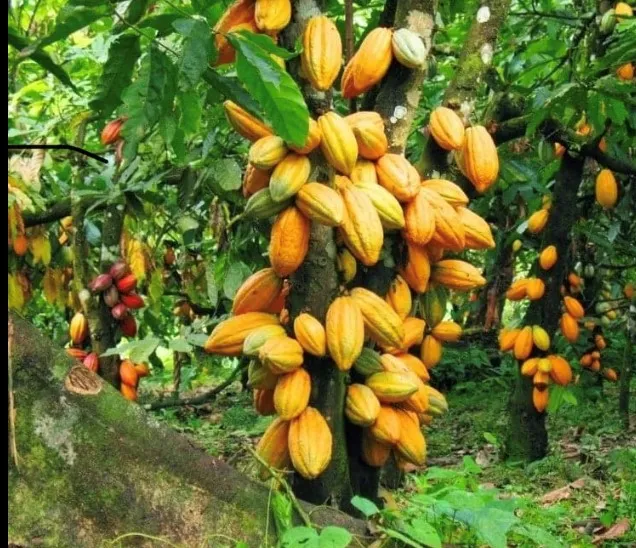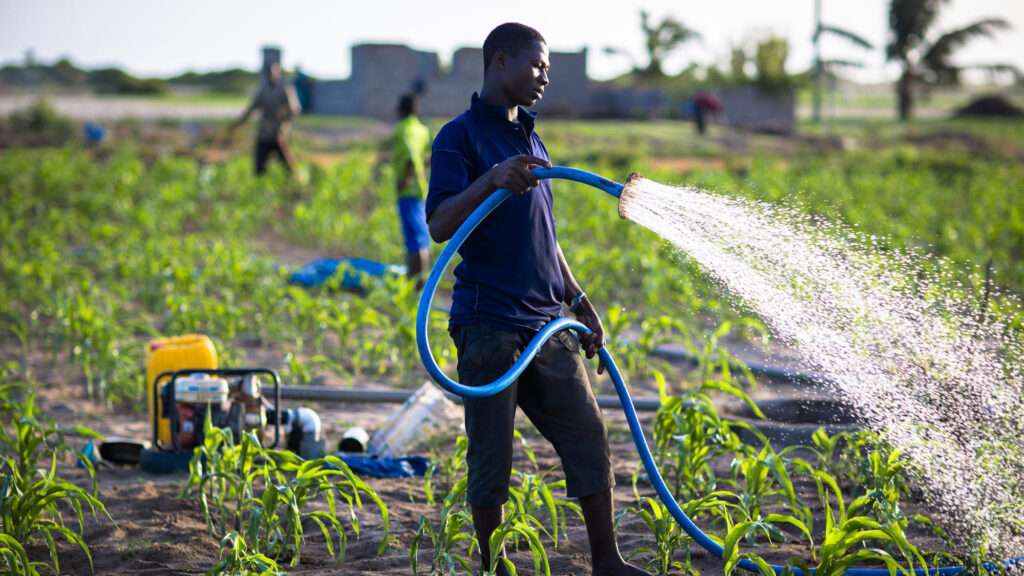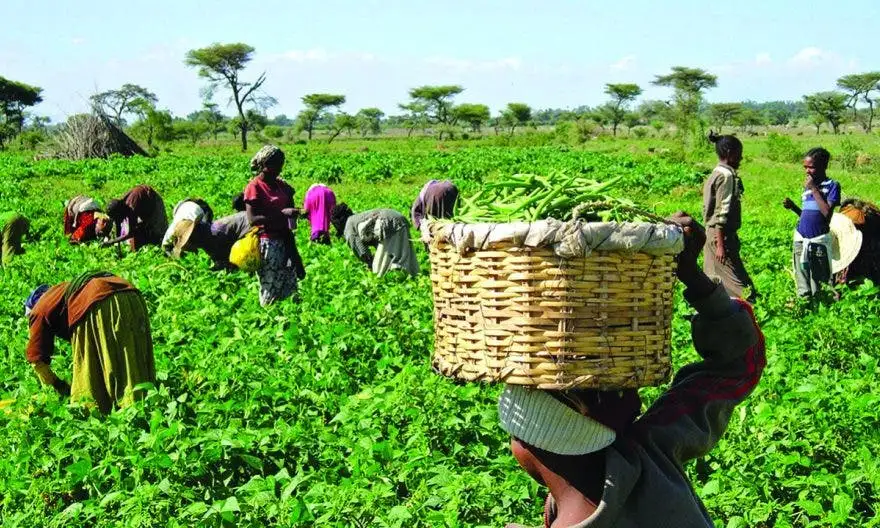The government’s new Youth in Agriculture programme has generated a wave of attention following its announcement as a key youth employment strategy.
Launched by the Youth Development and Empowerment Ministry, the initiative aims to integrate over 100,000 post-National Service Scheme (NSS) graduates into various aspects of the agriculture sector, including cocoa production, livestock farming, and agribusiness.
The announcement has caught the eye of civil society, notably the IMANI Center for Policy and Education. While the think tank praised the programme as “a practical step” towards solving youth unemployment, it questioned whether the programme’s structure is robust enough to deliver long-term transformation.
Minister George Opare Addo outlined a comprehensive support framework for the initiative, promising microgrants, access to land banks, technical mentorship, and input support.
One component includes pairing young entrants with seasoned cocoa farmers to help rejuvenate Ghana’s ageing cocoa workforce. The overall plan aims to reposition agriculture not just as a rural fallback, but as a dynamic space for job creation, industrial development, and export growth.
Despite this ambitious framing, IMANI raised fundamental concerns about the programme’s long-term viability.
According to the think tank, structural limitations continue to undermine the agriculture sector’s ability to absorb such initiatives. Chief among them is chronic underinvestment.
Despite agriculture’s large contribution to employment and GDP, Ghana’s public financing for the sector remains far below the 10% Maputo Declaration benchmark.

“While post-NSS beneficiaries will receive inputs and microgrants, the broader ecosystem, particularly grain producers, poultry farmers, and agro-processors, still battles high input costs due to import dependence, price volatility, and smuggling of subsidized fertilizers.”
IMANI Center for Policy and Education
The group argued that such leakages in the input market need urgent reform. Without addressing the root issues, the risk remains that the new initiative could devolve into a “one-cycle intervention” that fails to generate sustained impact.
Doubts Raised Over Finances
IMANI also questioned the programme’s financial backbone. Many agribusinesses continue to lack access to credit packages that align with agricultural production cycles.
According to insights from IMANI-GIZ policy reform dialogues, most agricultural loans in Ghana are limited to 12-month durations—far shorter than the 2–3 year financing needed for meaningful investments in tree crops, irrigation systems, or mechanization.
In this context, IMANI asked how the new programme intends to overcome such entrenched credit constraints without a more strategic financial overhaul.
There is concern that beyond the start-up phase, many youth participants could struggle to maintain momentum due to limited access to appropriate financing.
The think tank further criticized the plan’s limited focus on market access and price stability.
While boosting production is necessary, IMANI noted that successful agriculture policy also hinges on reliable offtake arrangements, post-harvest systems, and stable pricing structures.

“Increasing production is only part of the puzzle. This framing is heavy on production but light on markets, pricing, and post-harvest integration. Beneficiaries must be linked to stable markets and pricing structures that guarantee offtake.”
IMANI Center for Policy and Education
IMANI also recognized several promising aspects of the initiative. It noted that the post-NSS youth-in-agriculture programme is well-designed to address a critical employment shortfall, enhance agricultural output, and promote accountability through its support mechanisms.
The think tank further welcomed the effort to involve younger Ghanaians in cocoa cultivation, describing the shift as a necessary and overdue change in the sector’s demographic makeup.
However, it warned that the real test lies beyond launch-day fanfare. The core questions remain: Will this programme become part of a cohesive national agricultural strategy? Will Ghana finally reform input and credit systems to support the entire value chain? Will smallholder farmers enjoy predictable and profitable market access?
IMANI Urges Full Reform of Agri Sector
To address these lingering doubts, IMANI urged the government to avoid the pitfalls of past interventions.
They stressed that success hinges on a serious investment in the full agricultural value chain, rather than isolated support to selected beneficiaries.
This includes expanding irrigation infrastructure, strengthening transport and storage systems to reduce post-harvest losses, and investing in agricultural research, extension services, and data systems for real-time decision-making.
Equally important is ensuring that all interventions align with one another, rather than operate in fragmented silos.
According to the think tank, agriculture cannot simultaneously be expected to guarantee food security and drive industrialization if policy, infrastructure, and investment efforts remain disjointed.

“To truly shift Ghana’s agricultural and employment trajectory, the programme must be nested in a broader reform agenda that tackles input market reform, land governance, access to credit, logistics infrastructure, and policy harmonization,” IMANI concluded.
IMANI Center for Policy and Education
Only then, IMANI argued, can Youth in Agriculture become more than a political talking point and instead serve as a catalyst for agro-industrial transformation.
While the Youth in Agriculture programme presents a timely intervention to tackle unemployment and revitalize the farming sector, its long-term success depends on addressing deeper structural challenges.
Without sustained reforms across financing, infrastructure, and market access, the initiative risks falling short of its transformative potential.
READ ALSO: DRC Unveils $18M Initiative To Eliminate Pediatric AIDS By 2030



















